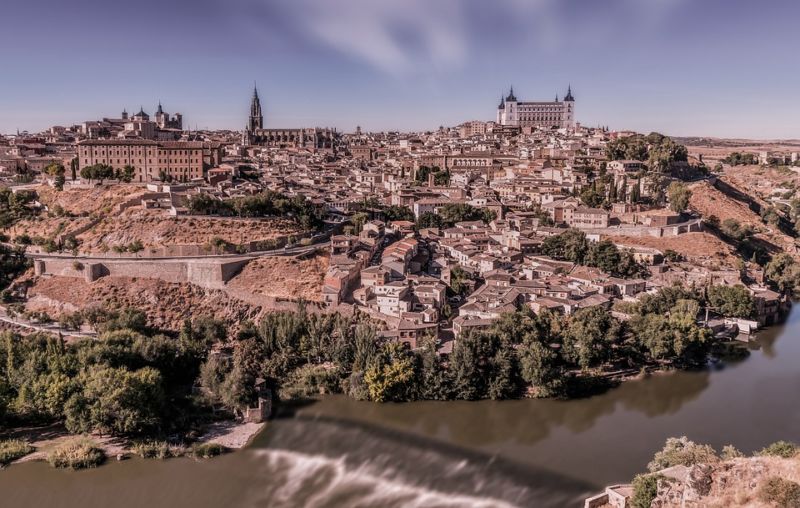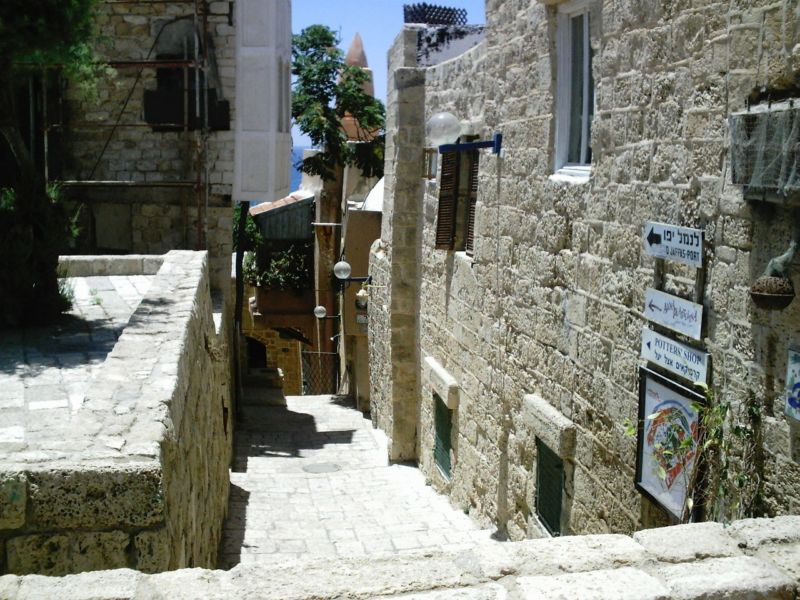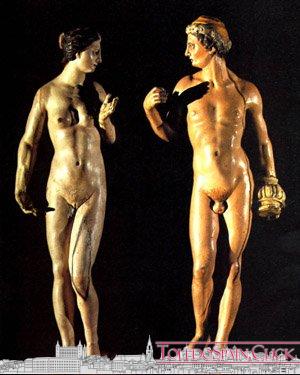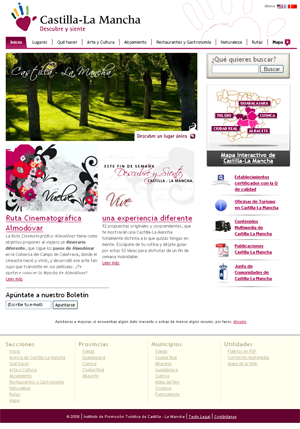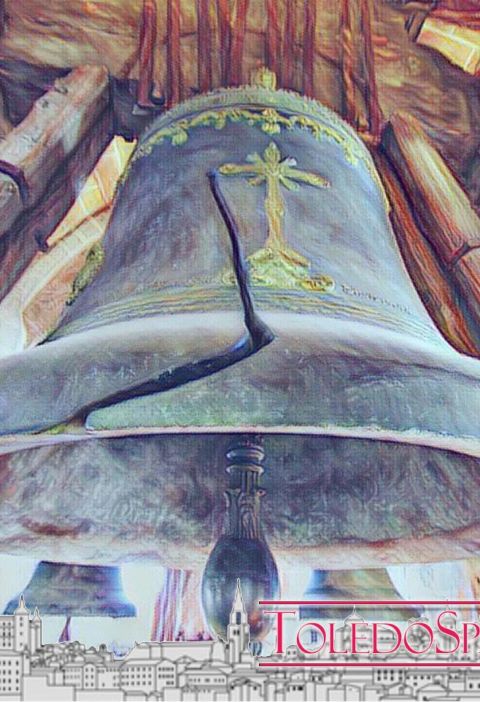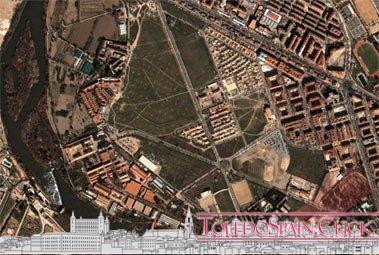It is obvious that cities change a lot over the years. Toledo, thanks to its monumental character, has been photographed profusely since the appearance of the photographic technique, when cameras were not within the reach of everyone. Although many structures have remained practically intact for 100 years, with the following article we will see that the social and urban environment, the movement of people and vehicles and certain aspects of quality of life in the city are very different.Photographs of Toledo with 100 years compared with current photographs.
Previous note: thank you once again for the work done by Eduardo Sánchez Butragueño in the discovery, compilation and catalogue on the blog www.toledoolvidado.com of thousands of old photographs of Toledo, where the photographs used to make this article come from.
Some photographs do not correspond exactly to the year 1916, although they are approximate and sometimes dating is not very accurate.
How does it work? In the same image there are two photographs. There is a “slider” in the central part that scrolls by clicking on it. On the left side is the historical photograph. On the right, the current photograph. Click on the central control to scroll and show the photo in its entirety.
Index of Contents
Calle Ancha in 1913 / Calle Comercio in 2016
Photo 1913: Luis Calandre Ibáñez
One of the busiest streets in the city has been photographed on numerous occasions also at the beginning of the last century. In 1913 there were already shops, although the appearance was very different and, above all, the lighting. In the comparison we can see that a hundred years ago the tower was more visible from Calle Ancha. The buildings have grown.
Calle Santo Tomé, mujeres con cántaros 1917 / Calle Santo Tomé with tourists in 2016
Photo 1917: The Hispanic Society of America. Photo Arthur Byne.
Another of the streets that are part of the typical tour of tourists in 2016 presented a very “neighborhood” in 1917. Two young women stand out as they carry large jugs of water, given the scarcity of running water in many of the houses in the helmet. The children play quietly. In 2016, we see several interesting things: the change in people’s clothing, the presence of tourists, gift shops and entertainment venues that have replaced grocery stores for residents and especially the traffic. The children no longer play alone in the street and when I took the photo the second vehicle had just passed… The Santo Tomé tower is still there, with small changes, although it was again more visible from the street.
I’m sure you’re also interested: The Toledo Weapons Factory
Monastery of San Juan de los Reyes 1913 / 2016
Photo 1913: Luis Calandre Ibáñez
One of the impossible comparisons to make, given that the surroundings of the monastery of San Juan de los Reyes have changed a lot in 100 years. In fact the 1913 photograph is impossible to take exactly the same because there are buildings on the site from which it was taken, and probably the height of the terrain was also different (and was not urbanized). A donkey and few people walk under the impressive walls of the Church in the 1913 snapshot. In 2016, a terrace of a bar, a motorcycle, tourists, cars…
Wall around the Puerta de Alfonso VI and Santiago del Arrabal in 1915 / Wall around Remonte Mecánico 2016
Photo 1915: Luis Calandre Ibáñez
Another area of Toledo that has undergone intense remodeling in 100 years. It is also difficult to take this same photograph, as the terrain was higher in 1913. From the same spot you can barely see the Church of Santiago el Mayor and much more vegetation hides other monuments, such as the Bisagra gate on the left. The squalid animals that rest attached to the wall have been replaced by the grass that decorates the path to the mechanical lift that a few meters allows us to reach the interior of the wall comfortably avoiding the great unevenness.
Church of Santiago del Arrabal (Toledo) in 1913 / 2016
Photo 1913: Luis Calandre Ibáñez
The comparison 1913/2016 is curious because it is a synthesis of the changes produced in Toledo in 100 years: the transports change, the children play in front of the photographer (if they did it now they would play their lives for the intense traffic that supports this street) and again the trades have adapted almost in their totality to the tourism (and of a store of Plaster and Cement to a Pharmacy) The buildings again rise in height and the Church of Santiago del Arrabal continues there, with certain modifications (lack for example the lateral portico). The current image has been one of the most complicated to make, as the intense traffic prevented the correct location of the point where Luis Calande was located in 1913.
Plaza de San Justo before 1914 / 2016
Wide contrasts in a typical square that has hardly changed in 100 years. Bigger trees, another fountain, a lot of urban furniture that didn’t exist before, the paved floor and people taking water in the space that some tourists now use to rest from their long walks through Toledo, sometimes lost and asking for the Alcazar or the Cathedral, which is still there, in the background. Too many cars, right?
Zocodover Square 1914 / 2016
Autochrome by Auguste Léon. Musée Albert-Kahn – Département des Hauts-de-Seine
It might seem, to those who do not know the history of the city, that Zocodover Square has not changed much in 100 years… But the current appearance did not arrive until 1945, after the reconstruction due to the devastation suffered during the Civil War, especially of the image building, of which only the famous Blood Arch remained standing. The desert Zocodover of mid-July 1914 is followed by a current image of 6 March 2016, a bustling Toledo, full of tourists, vehicles, life.
(c) Photos 2016 by Juan Luis Alonso Oliva.

